Every early summer, one of the flowering plants I most look forward to seeing in bloom is the foxglove. With its tall spires of pastel, tubular flowers, this plant can make a striking addition to any home garden. It is also reasonably simple to establish and care for, being a biennial which spreads itself easily and quickly through the years.
However, foxglove plants are also highly poisonous and some consideration needs to be given to their placement in areas where small children or animals may be exposed to the plant. Every single portion of the plant is toxic, from its leaves to its seeds to even its root system. Yet foxglove, known formerly by the genus Digitalis, is also responsible for the important pharmaceutical product of the same name.
Read on to learn more about this beautiful flower, as well as enjoy photographs of them in bloom. You will also find links for buying seeds and established plants for your own garden.


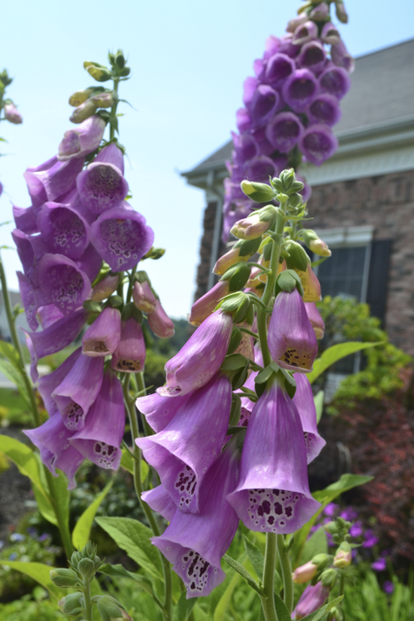
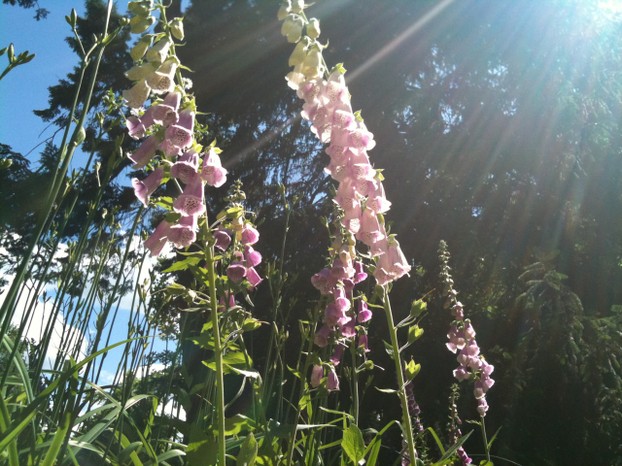
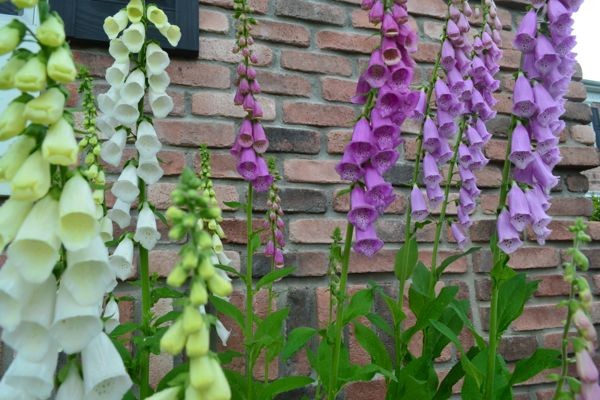
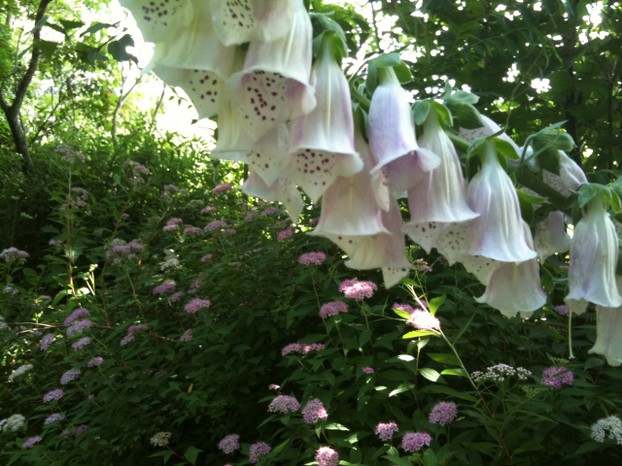






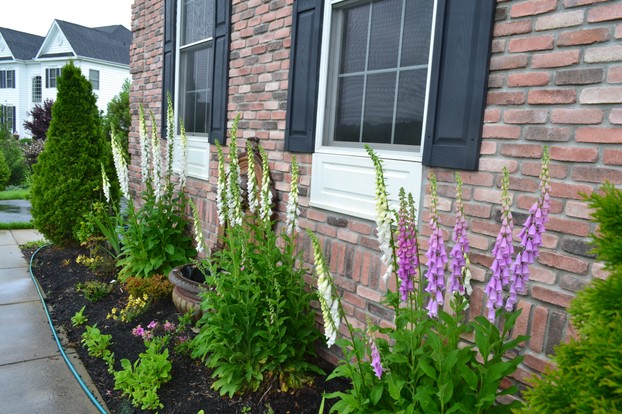
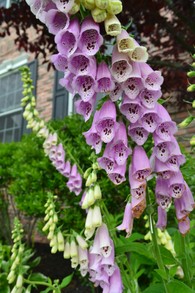
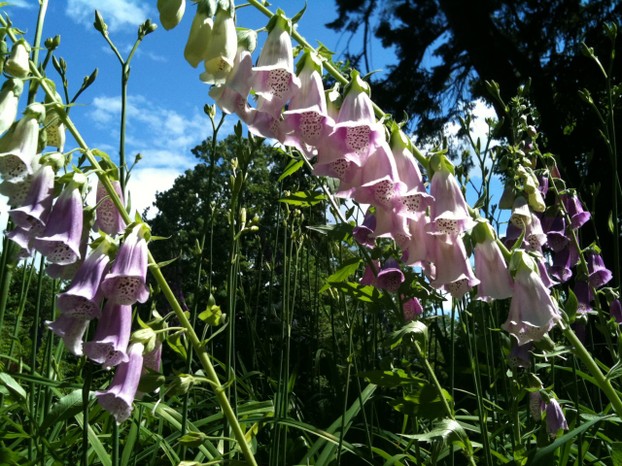
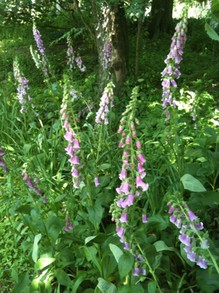
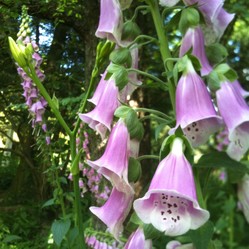

 A Potentially Fatal Accident in the Homeon 11/24/2018
A Potentially Fatal Accident in the Homeon 11/24/2018
 Windsurfing Lessons on Montserrat: One of My Funniest—and Fondest—Travel Memorieson 11/20/2018
Windsurfing Lessons on Montserrat: One of My Funniest—and Fondest—Travel Memorieson 11/20/2018
 Christmas Ornaments Celebrating Rome, Italyon 11/12/2018
Christmas Ornaments Celebrating Rome, Italyon 11/12/2018
 Philadelphia-Themed Christmas Ornamentson 11/09/2018
Philadelphia-Themed Christmas Ornamentson 11/09/2018

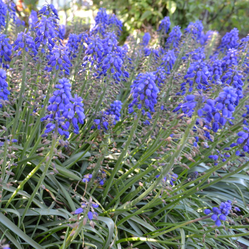
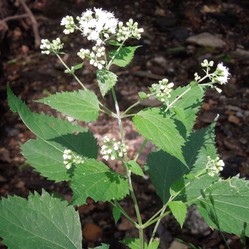
Comments
I read cozy murder mysteries, especially ones set in the U.K., so am quite familiar with foxglove and how you can poison someone with it. But there are all kinds of other poisonous plants, mushrooms, and even household cleaners. We can't ban everything that is dangerous because they often have good properties, too, if used correctly. Education is they key.
Excellent photography. These appear to be around one house, so they were probably done at one time.